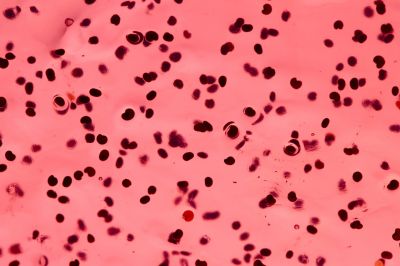
Understanding how cells receive signals from the outside and translate them into cellular responses is central to the field of biology and medicine.
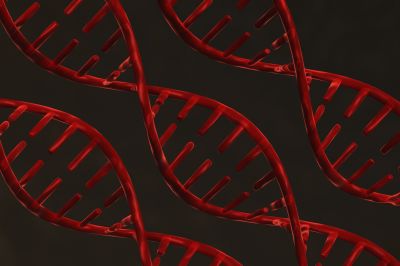
Daily and seasonal changes in the day-night cycle prompt corresponding changes in biology and behaviour through the circadian clock. EU research has investigated how changes in the genes behind the clock can bring about differences in plant metabolism.
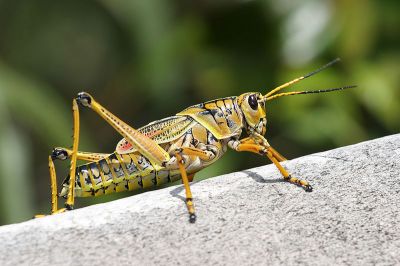
Combating pest outbreaks using biological approaches is gaining ground on chemical pesticides. European researchers investigated how pest infections are influenced by nutrition and environmental conditions.
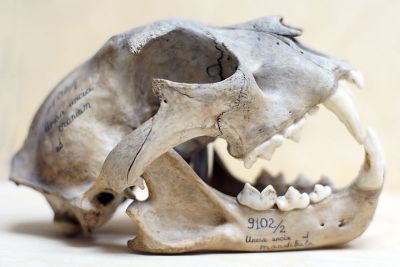
European scientists developed computer models to investigate how the internal structure of the jaw bone adapts to the ways in which different mammals chew and to study the biomechanics of orthodontic tooth movement.

Collaborating universities in Sweden and the United States have reconstructed historical changes in Central Asian mountain glaciers to infer past and future patterns of climate change.
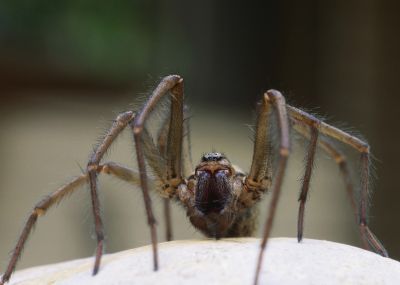
Discovering innovative medications from venoms is the vision of an EU-funded project. To this end, scientists are following an innovative process of venom characterisation and toxins production compatible with HTS.
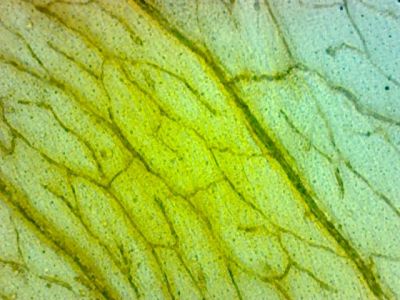
Phosphorus is a very important mineral in the health of all living organisms. European researchers have developed a set of tools to help monitor phosphorus movement in plant cells at the molecular level.
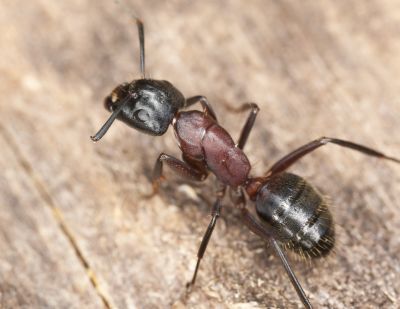
Epigenetic regulation is a fundamental mechanism that controls variation in gene expression. It includes RNA editing and DNA methylation, and could mediate genomic imprinting, topics that are virtually unknown in social insects.

Marine phytoplankton plays a crucial role in maintaining the well-being of our planet, conducting almost half of the photosynthesis taking place on Earth and supporting food webs. It is therefore vital to understand how climate change alters the metabolism of these microorganisms.

Porous molecular solids with their nearly infinite possibilities for functionalisation are attractive candidates for gas sensing, separation and storage. Novel compounds and characterisation techniques promise to put the EU in a leadership position.

EU researchers have completed a series of studies to explore cultural influences on creativity. This is a little-studied area, but one that merits attention in view of the growing importance of globalisation and multinational organisations.
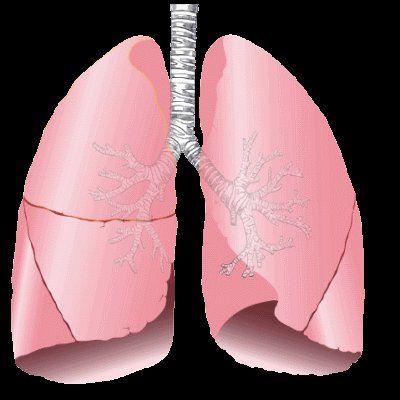
Understanding how respiratory activity can modulate cellular metabolism is essential for understanding how our body works. Also, it has implications for the treatment of metabolic disorders.
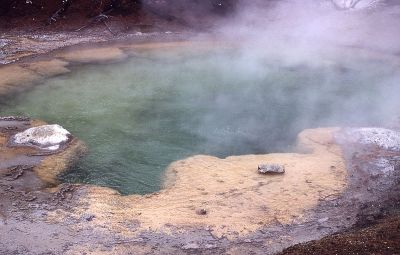
Investigating the interaction among different microorganisms in any environment is essential for understanding microbial ecology. A European research team focused on how viruses impact microbial diversity in hot springs.
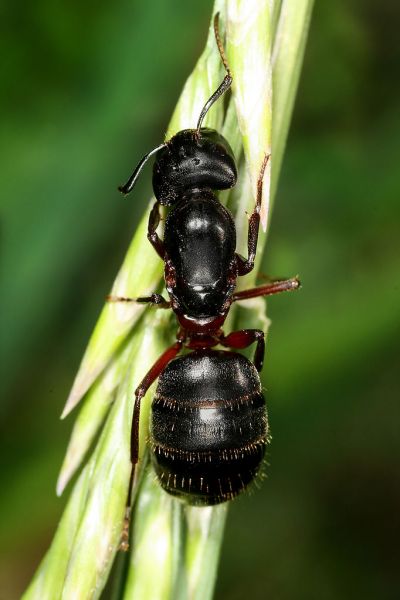
Researchers have investigated whether the spread of plant viruses can be stopped by blocking the interactions between the virus and the insect that transmits it.
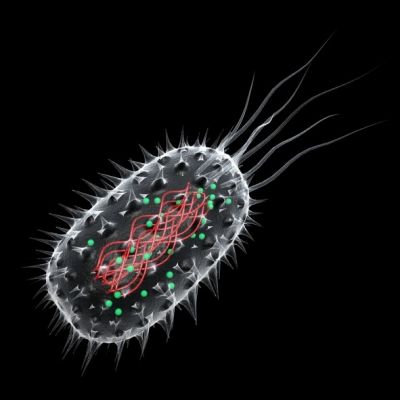
Characterisation of the bacterial cell wall is central to understanding their virulence and discovering potential therapeutic targets. In this context, European scientists identified a novel group of enzymes that could be targeted to inhibit infections.
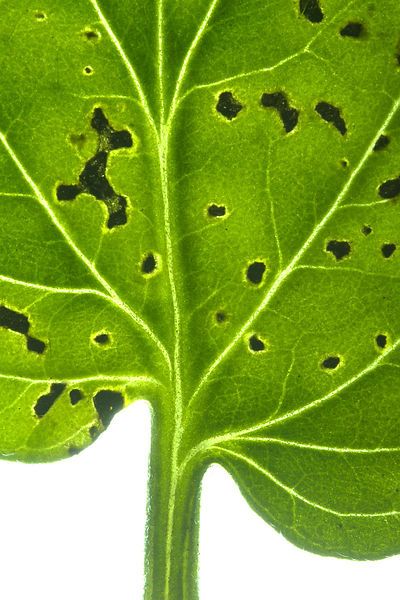
Researchers are using sophisticated genetic approaches to determine how a fungal pathogen adapts to infect a resistant host. Understanding the genetic basis of host adaptation will aid efforts to control pathogens.

Development in many organisms uses a restricted set of physical processes to produce functionally and morphologically diverse features. How the dynamics of development have evolved to shape these phenotypes is yet to be determined.
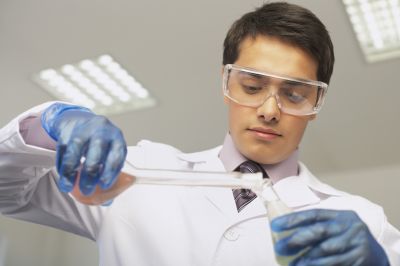
Publication bias, or dissemination bias, reflects a tendency on the part of researchers to submit and journals to publish, articles that have strong, positive findings. As a result, medical decision-making is based on a skewed evidence base.
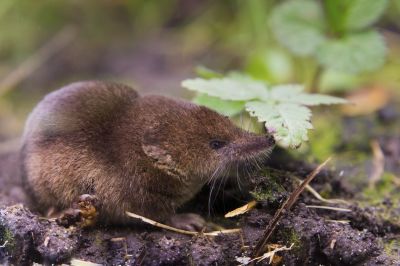
A recent research project has advanced our understanding of the interaction between predators, herbivores and plants in the forests of Poland.

Assessing the movement of nutrients through ecosystems is complex. An ingenious method to assess isotopes in proteins is shedding light on ocean carbon and nitrogen cycles as well as dust deposition.

Unlike animal sexual reproduction, flowering plants feature a double fertilisation event involving two male and two female sex cells. Identifying the molecular players in this complex procedure promises to open doors to crop improvement.
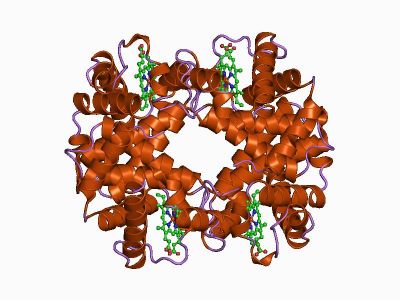
The same molecule found in haemoglobin and chlorophyll could be the basis of tomorrow's optoelectronics and magnetic data storage devices. EU-funded researchers characterised novel architectures to push the technology forward.
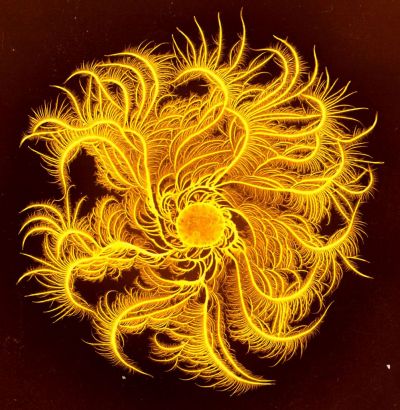
To tackle bacteria as pathogens, we need to understand how they grow and evolve. A European study has put forward a modelling approach to help dissect the growth pattern of bacteria.

Researchers have studied a songbird species to uncover the secrets of evolution.
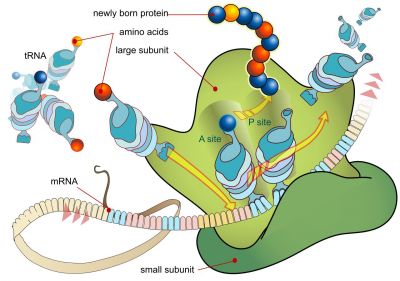
Small RNAs regulate an astonishing number of processes. European research has investigated the action of one prominent class, microRNAs (miRNAs), that play a major role in plant antiviral defence.























